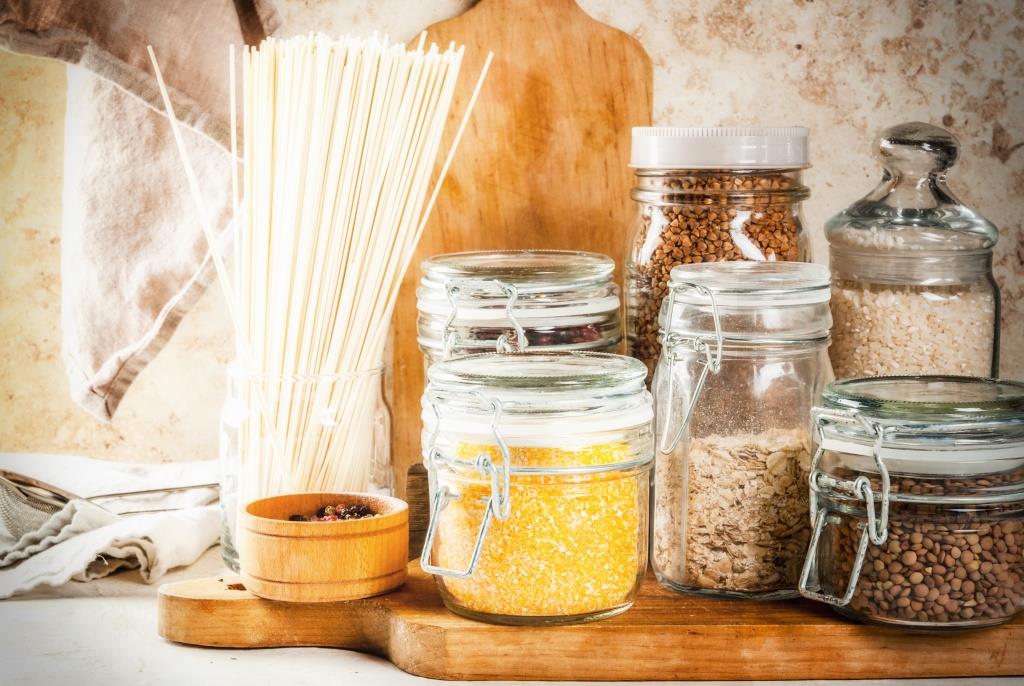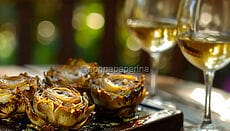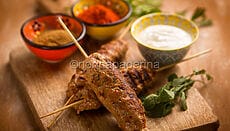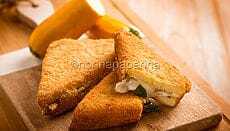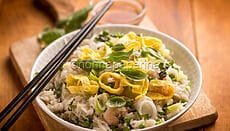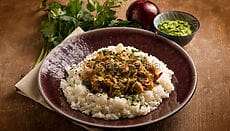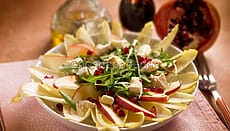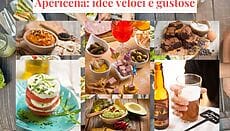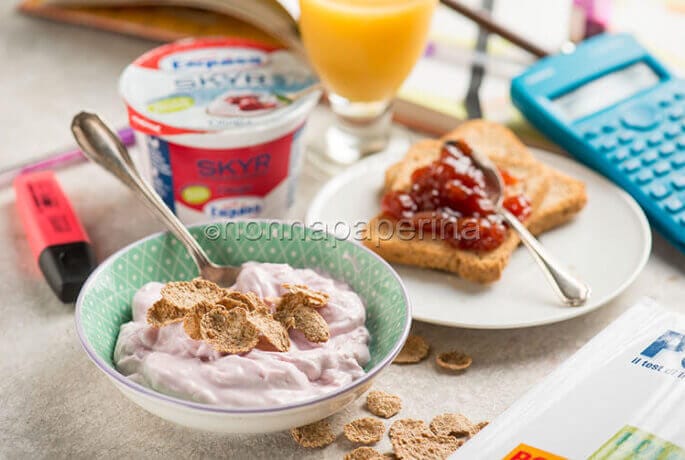In fact, I am adamant that the greatest way to address food intolerance issues, of which celiac disease is just one, is to attack them from all angles by significantly altering one’s perspective on cooking. It is not only the best answer in terms of effectiveness, but it is also the most enjoyable and simple to implement. Acting in the kitchen, among other things, enables you to get rid of the pointless and transient barriers that people with eating disorders frequently erect between themselves and other people. Instead of being about an aversion to this or that food, cooking is more about community and sharing when you have to manage celiac disease.
Just get some ideas from the dishes listed below that our chefs’ skillful hands have crafted. First courses, second courses, traditional dishes, exotic foods, and experimental recipes are all available. However, you will find a detailed examination of food absorption issues, particularly those connected to gluten, in the following paragraphs. You will also discover a list of the items that can be used, as well as some helpful details on celiac disease.
3 ways to eat gluten-free
There are numerous ways to eat gluten-free, so I’d like to make that clear before I continue. But in our collective minds, cutting out gluten is like saying a half-sentence and makes us eat unpleasant alternatives to try to replicate the flavour of pizza, bread, etc. Nothing could be further from the truth; there are actually many options. Indeed, from a perspective that strives for the most balanced and diverse diet possible, it is imperative to take them all into account.
Get ready to make recipes without flour. For people with gluten intolerance, it is the simplest option because you may eliminate flour and, consequently, dough by doing so. When cooking a second course or side dish rather than a soup, for instance, this method naturally and automatically substitutes rice for pasta. In this regard, you need to be cautious when selecting recipes to avoid using flour as a supplementary ingredient, perhaps to make breadings or promote browning.
Use exotic flours. Exotic flours provide a viable substitute for regular ones. Opportunities abound in this situation because there are several unusual flours available in addition to quinoa and amaranth. These ingredients can be used to create recipes with a distinct flavour, which can provide something novel and appetising. Exotic flours typically have a higher protein content and a surplus of mineral salts, especially those of tropical origin.
Use “local” gluten-free flours. In reality, many traditional Mediterranean flours, or those that have permanently entered our culinary culture, are completely gluten-free. Let’s think about rice flour, as well as corn flour, buckwheat flour, or millet flour. In short, the choice is wide without necessarily having to look overseas.
close
